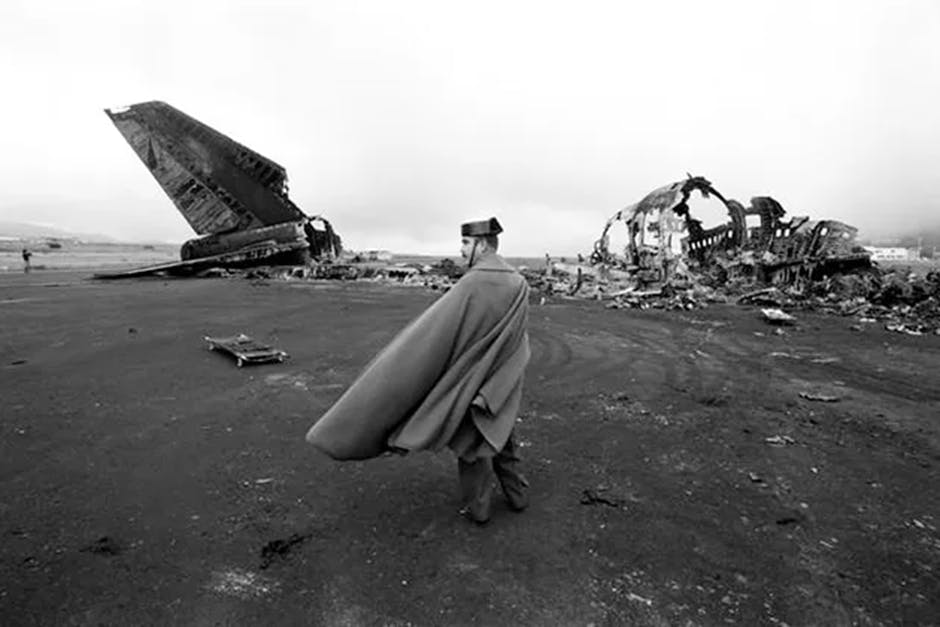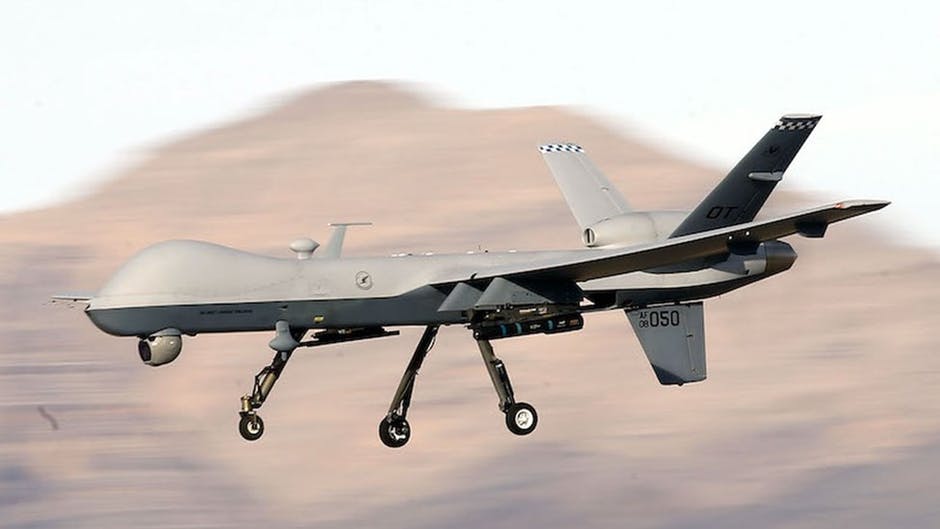
The Future of Aviation: Rise of Pilotless Aircrafts
Written By: Siddhant Paliwal
Table of contents
No headings in the article.
Introduction:
From The Flying Dutchman to the Transformers, people are interested in autonomous cars to ships. Still, automation of one mode of transport has always remained in the realm of science fiction yet. Airplanes have been one of the most essential and wonderful engineering feats of the 20th century and pilots are one of the most respected jobs in society. But the landscape of aviation is changing fast, and we might not need pilots any more.
History:
To understand that we need to rewind the clock to 1849. Austrians and Venetian are fighting a war and Austrians have besieged the city of Venice. The Austrians had a trick up their sleeves. The Austrian Imperial Forces attempted to float around 200 paper hot air balloons each with a 24-to-30-pound bomb with a time fuse into the city. Due to weather conditions, most of the bombs did not hit the target but at least some did and unknowingly the Austrian Forces conducted the world’s first unmanned air raid.

For a long time, UAVs have been a hobby or a military project. Countries like USA and Israel have poured billions of dollars into developing Autonomous Aerial Vehicles and the technology is now making its entry into commercial and civilian industries but what led the technology to be used in these spaces?
Problems Faced:
PILOT ERROR. On March 27, 1977, a senior KLM pilot failed to hear the instruction from the control tower, causing two Boeing 747 to collide making it the deadliest aviation accident in history. Even though air transportation is one of the safest modes of travel, accidents are still prone to happen. Around 80% of aviation accidents are caused due to human error and thus companies and governments alike are investing in the automation of aircraft for all purposes.

Solution: “A pilotless airliner is going to come; it’s just a question of when,” said James Albaugh – in 2011 when he was president and CEO of Boeing Commercial Airlines. Many start-ups have emerged making pilotless aircraft, as well as Boeing and Airbus, which are heavily investing in the technology. But technology is not without its drawbacks and scepticism. Many people have shown reluctance to fly in a pilotless aircraft. Moreover, since AI will fly an aircraft by the books it might not be able to make human-type generative intelligence as done by Capt. Chesley Sullenberger on the Hudson River.
Many aviation experts believe that cascading failures occur many times and the human ability to adapt to such problems is a field where the machine has made little progress. Many experts are suggesting a one-pilot system in planes where the role of the co-pilot will be handled by an AI which can act as a buffer in the mission of pilotless aviation and many start-ups have demonstrated such abilities many times. Let us take a deeper look at how a UAV works on all scales.
Classification:
The UAV can be classified on basis of size, wingspan, range and endurance. Let us take an example of length or wingspan.
| Category | Micro/Very Small | Mini/Small | Medium | Large |
| Wingspan/Length | <50 cm | >50 cm and <2m | 5-10m | >10m |
Design:
Manned and Unmanned Vehicles both have similar physical components. The main exception is the cockpit and the life support systems for the pilot like ejection seats and oxygen tanks. UAVs can come in various sizes from UAVs capable of carrying small payloads to advanced military-style UAVs which carry huge payloads. For smaller UAVs, the quadcopter design has become quite popular, but it is not used in manned aircraft. As for designs of upcoming pilotless aircraft, a camera and a video link can replace the cockpit windows as well as robust Autopilot software.
The design of UAVs can be broadly classified into two major parts depending on the type of flight.
Conventional Flights:
- A flying wing or blended wing body type.
- They offer low drag and stealth.

Vertical Flights:
- The tailless quadcopter design is aptly suited for such types of flights.
- But it can not be scaled to a larger aircraft.

Like almost anything in the world. A UAV require power to operate. Military UAV use jet engines and internal combustion to power their drones but almost every other drone uses electric batteries for its power. Small-size drones use Li-Po batteries while larger aircraft are adopting Hydrogen Fuel Cells. Although advancements are being made in complex multi-engine UAVs for better performance and aerodynamics.
Among all the designs one captures the attention of the mass like no other and it is the ornithopter’s design. Using the concept of bio-mimicry such UAVs mimic the wing design of flies and birds to propel themselves.
Our Contributions:
Here at Team Aviators International, we are contributing to the mission of pilotless aircraft in our own way. The size of our drones and UAVs lies in the realm of micro and mini UAVs. Our UAV relies on electric power. Our crown jewel is the OREL, a fully autonomous heavy-lifting hexacopter capable of lifting 25kg of weight or roughly 165 Kurkure packets.

Happy Learning!
Bibliography: